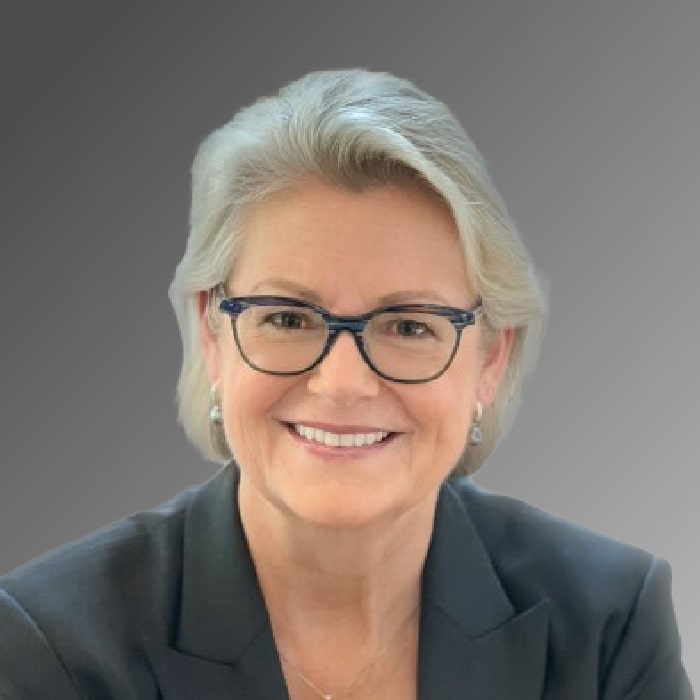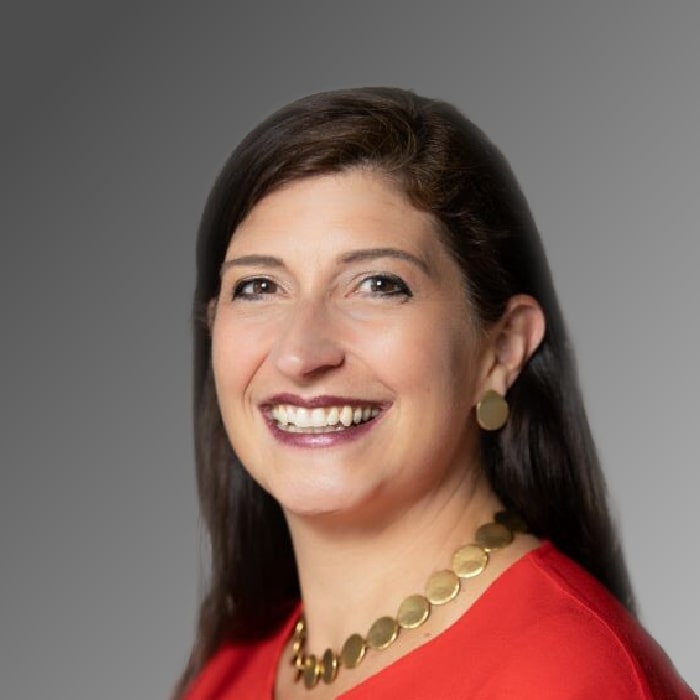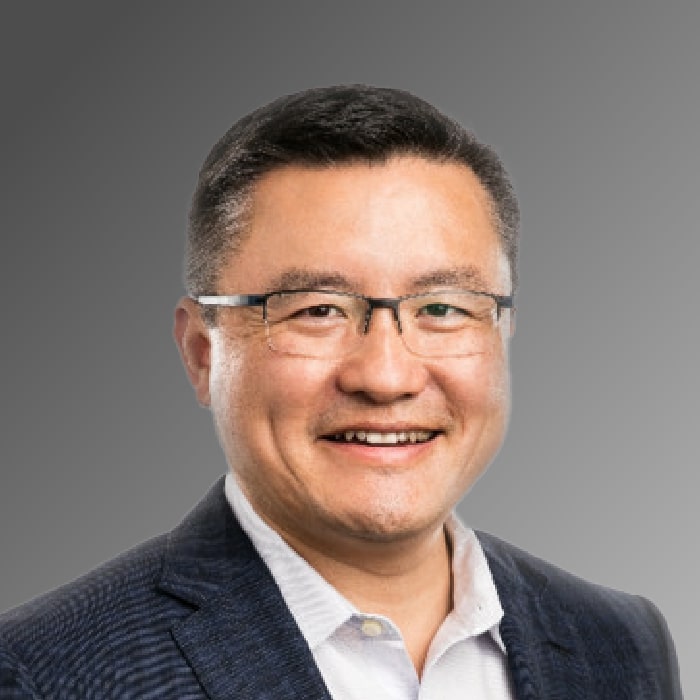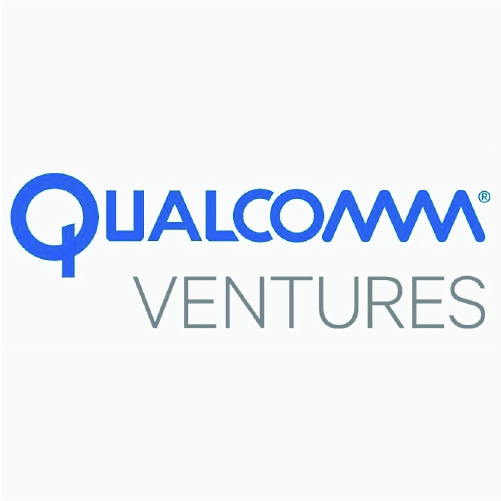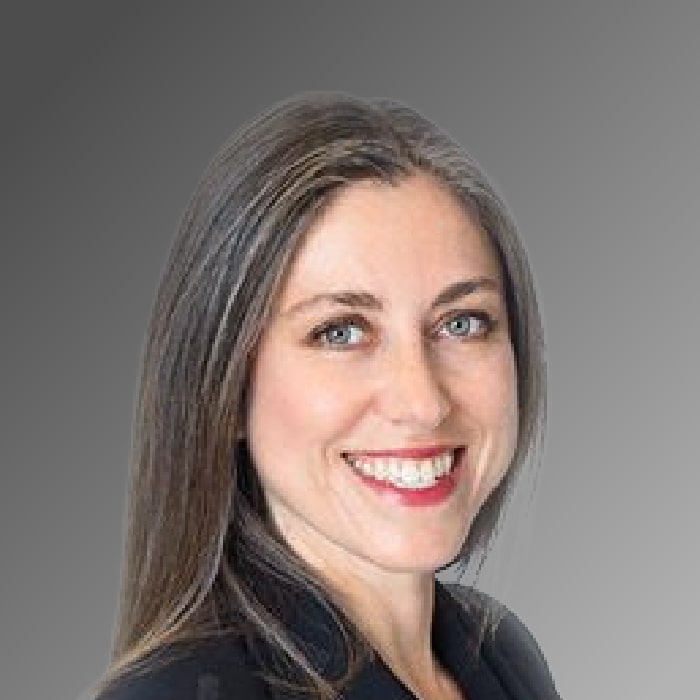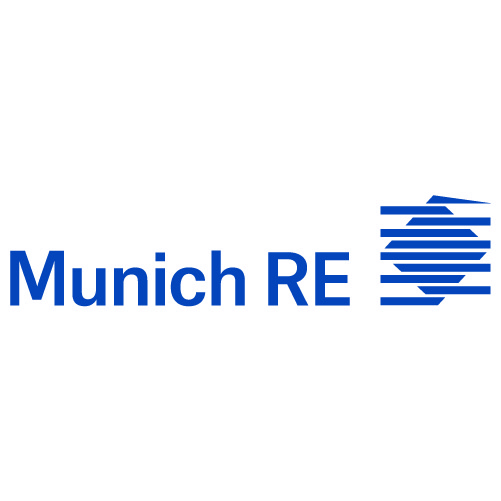The Importance of A Growth Mindset: From Quick ICs to Global CVCs
May 14, 2024
Interviewed by Nicolas Sauvage on March 31, 2022
MS&AD Ventures Partner Tiffine Wang joined TDK Ventures President on Corporate Venturing Insider to explain how her small CVC team focuses on core areas of insurance tech, fintech, and digital healthcare to find opportunities that both bring financial rewards and strategic insights for the parent company.
Background
As we have learned throughout our interviews with corporate venture capital leaders, there is no single path into the industry. Most, however, either come from a financial background or a technical perspective. Tiffine is the first Corporate Venturing Insider guest to make the jump from elementary school teacher to CVC. In fact, she dabbled in a range of jobs before finding her true calling.
Before college, she performed bioscience research.
“It was interesting, but I decided I wouldn’t be happy stuck in a lab all day, so I went to college,” she said.
After receiving her degree in sociology and psychology from UC Davis, she worked as a counselor, a case worker, and a first-grade teacher.
Tiffine comes from a family of small entrepreneurs who emigrated from Taiwan to San Francisco, so it is little wonder her pre-CVC career was a bit fragmented.
“I’ve never really had strict rules around what a career is,” she explained. “We spent a lot of time just solving problems.“
Her entry into the tech world began with The Alchemist, which has developed into one of the world’s leading accelerators.
“But at the time, it was a training program for technical entrepreneurs, Tiffine said. “We were figuring out how to scale these programs globally. Some of the world’s top entrepreneurs in Silicon Valley were mentors for the program.”
While that experience brought her into contact with startups and investment experts, most of her time was spent helping tech entrepreneurs develop their business strategies and other non-technical aspects of their businesses.
She then built her own incubator and accelerator programs, notably the European Innovation Academy, an intensive program that takes founders from team formation to ideation to a basic minimum viable product in three weeks. Begun in conjunction with UC Berkeley, the Innovation Academy expanded from Estonia to France, Portugal, Qatar, Hong Kong, and China and now includes dozens of universities.
Innovation and Venture
Tiffine’s involvement in the startup ecosystem and innovation took another step forward when she began working for the Singaporean telecommunications conglomerate Singtel Group,
“I was doing scouting and innovation for them, looking for new technologies to push into the various business units and working with the CEOs and executives to solve really big problems,” she said.
The final piece fell into place when she moved to Singtel Innov8, the company’s CVC arm.
“The partners there came from institutional backgrounds, so I was trained more on what a typical VC needs to do,” She said. “I learned from working with the CEOs of very large units how to manage and build technology and products for large businesses. And I did a lot of bridging the gaps. I think this is one of the big problems that CVCs often need to solve. I learned how to manage those relationships, how to thread that needle, and get partnerships to stand up and get moving.”
A big part of her indoctrination into the CVC business was exploring how to balance the needs of the corporation and the startup companies.
“I really got to understand the levers of what makes a difference for big businesses and figuring out how smaller portfolio companies can survive because they have about eight to 12 months of runway,” she said. “Where is the middle ground for the two to meet and have a happy medium and be successful together?”
Singtel’s dealings in Japan reinforced Tiffine’s belief in nurturing long-term relationships, which would serve her well in the next phase of her career.
MS&AD Ventures
Tiffine became an investment partner at MS&AD Ventures, the large Japanese insurance conglomerate’s CVC arm, in September 2019. With holdings throughout Southeast Asia and the world, MS&AD’s interests extend well beyond traditional insurance themes, which gives the venture team significant leeway in choosing its investments.
“We like interesting new data sets that could potentially touch insurance in the future,” Tiffine explained. “That could be InsureTech, FinTech, mobility, digital health, climate change. We like to invest in standalone models of what insurance potentially could look like. We also invest in quite a bit of new distribution models since a lot of the world is going through a digital-first (transition), the future of work of distributed teams. Part of what we are doing as MS&AD Ventures is having our views and understanding of these new models that are emerging.”
She said that is possible thanks to the autonomy the three MS&AD partners enjoy.
“All the decision-making stays within my team,” she said. “We make investments all over the world. We can close deals very agilely, closing deals over text and having conversations quickly. We don’t need a business unit buy-in for our early-stage investments. So we make most decisions within two weeks and we can move faster if we need to.”
Speed is key because there is a lot of competition for hot early-stage startups. Weeks of investment committee meetings lead to paralysis by analysis, Tiffine said.
“We have this strategic lens where we look at how (an investment) can potentially fit in the future, but that’s something that we think through as my team, not necessarily with headquarters because what they’re looking at is very different from what we’re looking at. We’re thinking about what the future may look like,” she explained.
Relationship Building
Most of the MS&AD Ventures’ $200 million in assets under management is dedicated to seed and Series A investments. Jumping in on the ground floor requires long-term collaboration. Tiffine’s strength in trust-building, thanks to her time as a teacher, coach, and social worker, comes in handy.
“A lot of the companies we’re investing in tend to be on the earlier-stage side,” she noted. “So we have a relationship with the founders, their ideas, and what they’re building. And so we spend a lot of time just thinking about how the founders work and solve problems.”
There is less focus on the product and the idea, she said, because with early-stage companies the idea will likely change and be refined along the journey to commercialization. Instead, she projects empathy and understanding of the challenges entrepreneurs face.
“We have a tolerance for things changing and moving around,” she said. “And I think headquarters understands this from the early-stage perspective. The Japanese approach, although requiring time to establish, underscores the commitment to collaborative growth.”
She notes that everyone on the team is focused on the same goal, but getting there involves aligning diverse personalities and approaches.
“All I’m doing is creating a space where people can have a better view of what’s happening so we can solve the problem together. I’m stepping in the shoes of the other person, whether an entrepreneur or a board member, to understand what they think about, what they care about, what their objectives are, and then managing and guiding will bridge the gaps.”
Team Dynamics
Tiffine has integrated her investment team which concentrates on early-stage investments with a business development team, whose “goal is to look for companies to partner with. They tend to look at later-stage companies and build relationships.”
Ensuring the teams work together was borne of Tiffine’s many discussions with other CVC leaders and her experience at Singtel.
“I’ve sat on both sides. I’ve done work on the innovation and partnership side and the investment side,” she said. “A lot of the core functions are similar. So even though I’m technically on the investment team, I do plenty of BD work.”
Business development team members are welcome to attend investment meetings, fostering cross-pollination and a fuller understanding of each other’s processes. Having a small team facilitates collaboration, and Tiffine can keep the team small thanks to members’ dedication and efficiency.
“I give my team a lot of autonomy so they can come up with ideas,” she said. “I love the team we’ve built. They’re like very high performers. The people we have on our team can do a lot more than an average person. What some people might feel is impossible is normal on our team. Working with other people that have that same mindset makes it a lot more fun.”
Tiffine’s team spirit extends to building investment coalitions. While MS&AD Ventures is comfortable leading investments when Tiffine feels the mothership’s expertise can smooth the process, she prefers to follow VC partners and write checks ranging from $500,000 to $2 million.

 Early-stage CVCs should focus on building relationships with portfolio company founders because the product and the idea will likely change and be refined along the journey to commercialization.
Early-stage CVCs should focus on building relationships with portfolio company founders because the product and the idea will likely change and be refined along the journey to commercialization. 









